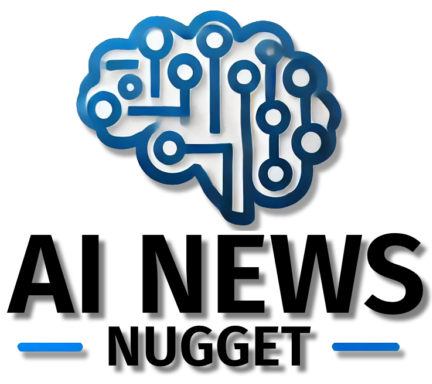As a fan of medical dramas like “Grey’s Anatomy,” it’s hard not to be captivated by the desperate doctors racing against the clock to interpret blurry images of patients’ innards. Sorry, McDreamy, but move over and make room for MedSAM-2, a new artificial intelligence (AI) model designed to analyze and segment medical images. Our hero might not sport a set of blue scrubs or stylishly graying hair, but it sure as hell can spot a brain tumor or a thyroid nodule faster than you can say “stat.”
Researchers felt satisfied and just a smidgen smug when they revealed MedSAM-2. The beauty of MedSAM-2 is in the “Confidence Memory Bank” stashed within its virtual noggin. It’s basically the equivalent of that smart-ass colleague who remembers every minute detail of past meetings and uses that information to make calculated judgments. It’s like giving the AI a cup of coffee laced with past information steroids that enable crucial new image analyses.
What’s more, MedSAM-2 boasts a horde of celebrity fans, including 15 medical datasets that it wowed with superior performance. The model had such a Dwayne Johnson level impact that it achieved an average Dice score of 88.6 percent for segmenting abdominal organs in 3D images. “Is that a spleen?” No, that’s MedSAM-2 annihilating previous top model scores without breaking a sweat (or blowing up expensive medical equipment).
But that’s not all. MedSAM-2 becomes Sherlock Holmes, Sherlock Holmes on speed that is, when it comes to optic nerves, brain tumors, and thyroid nodules in 2D images. I mean, according to their Dice score, anyway. Nothing freaks out this model; it’s got the X-ray vision of Superman and the intuitive precision of Yoda. In medical tech speak, it’s kind of a big deal.
The developers see MedSAM-2 as the Tesla Cybertruck of medical image analysis – and let me tell you; there are no broken windows here. Its new technology has been openly shared on GitHub for the good of humankind (OK, it’s actually for researchers to carry on development, but we’re all winners here).
So buckle up, friends. We’re in for a wild ride through the medical landscape, tingling with excitement as this AI model transform how we analyze 2D and 3D images, moving at warp speed ahead of its slowpoke human counterparts.
Remember folks, change isn’t coming; it’s already freaking here, brought to you by AI. And as for you drool-worthy TV doctors out there, it might be time to find an alternate career—maybe as a charming but reserved small-town sheriff or a passionate defense lawyer. The future, it seems, belongs to the machines—and what a fascinating future it’s shaping up to be!
